Interest spikes as Atomic bomb test marks 70th anniversary
LOS ALAMOS (New Mexico) — The unknown blast came during rainy season in the desolate New Mexico desert.
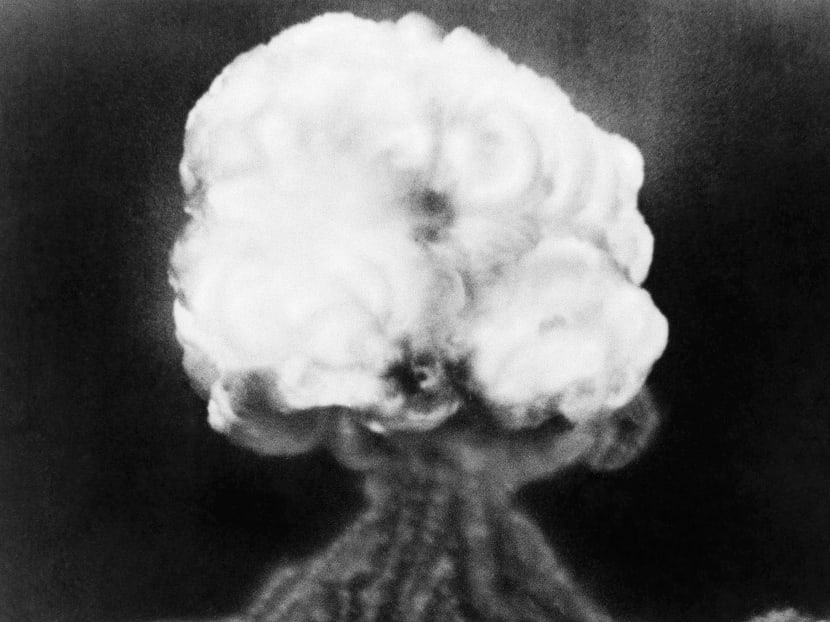
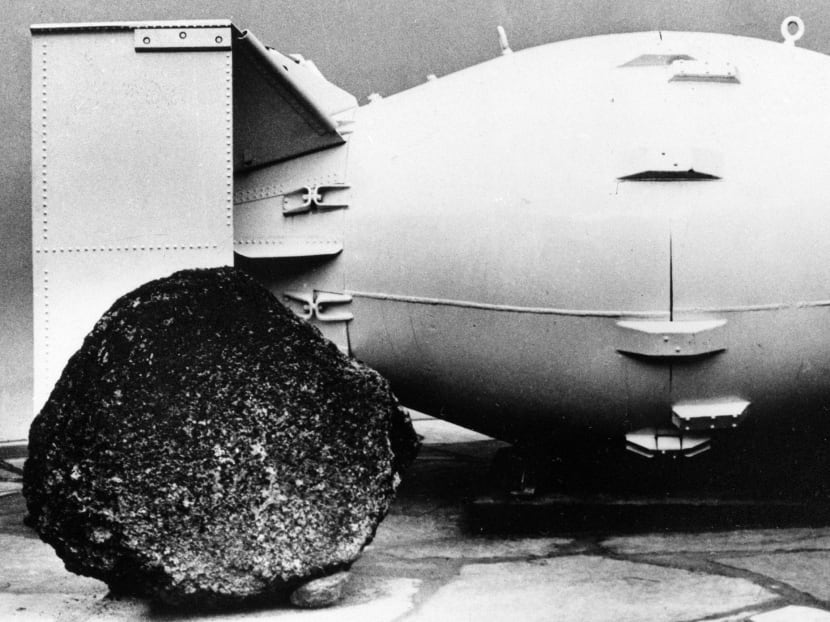
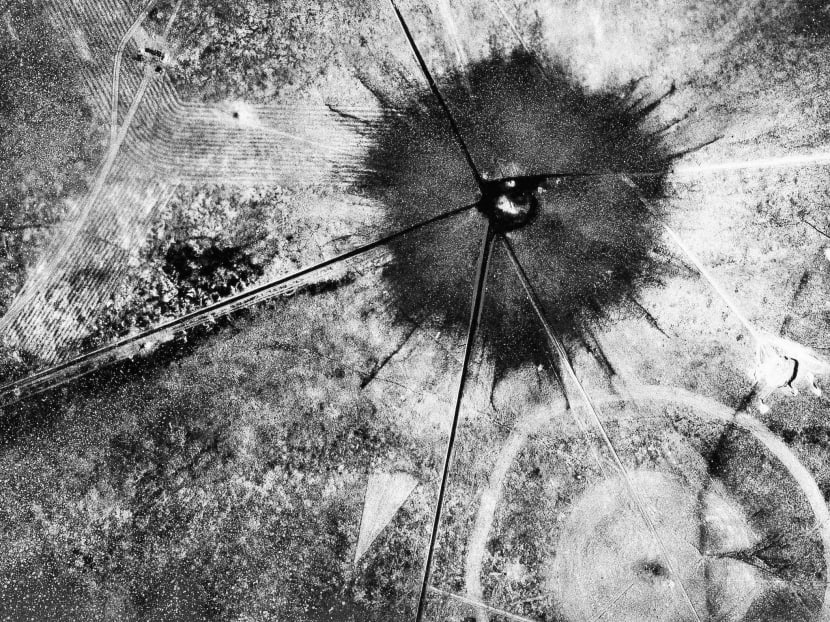
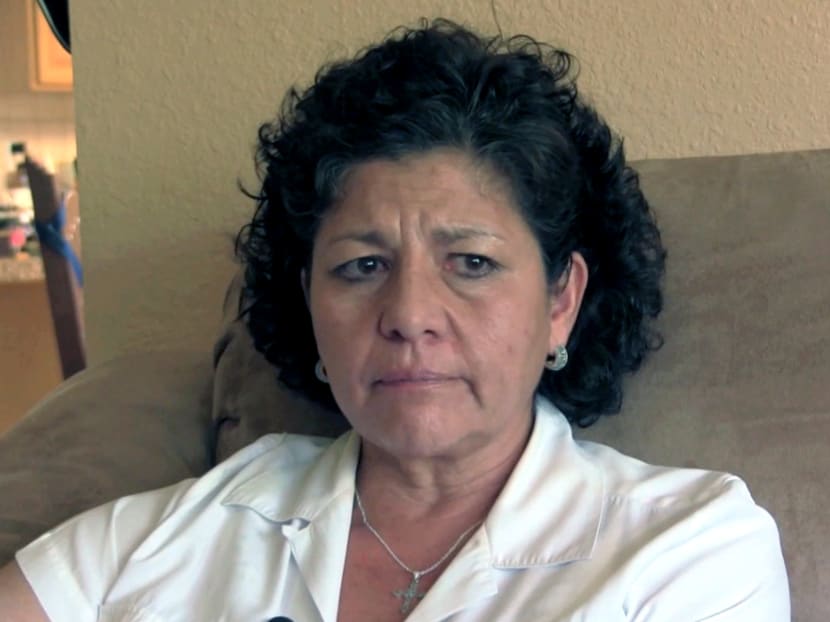
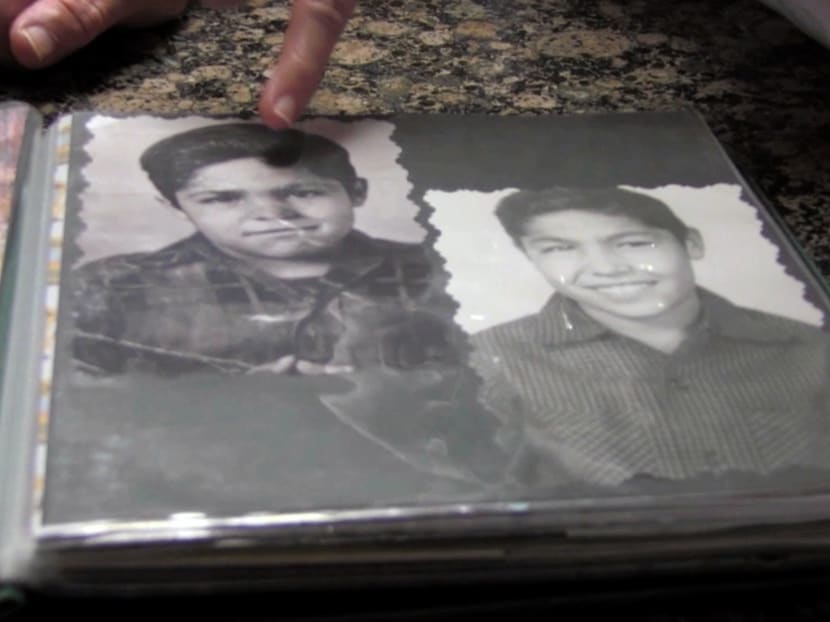
LOS ALAMOS (New Mexico) — The unknown blast came during rainy season in the desolate New Mexico desert.
Most residents of the historic Hispanic village of Tularosa had no phones or radios. So when word spread that Army officials said it was just an ammunition explosion, anxious residents relaxed despite the raining ash.
It wasn't until after the US announced it had dropped an atomic bomb on Japan that Tularosa residents learned scientists from the then-secret city of Los Alamos successfully exploded the first atomic bomb at the nearby Trinity Site on July 16, 1945.
“It was a source of pride,” Ms Tina Cordova, a former Tularosa resident whose father was 3 years old when the Trinity test was conducted. It later became a source of anger after residents suffered various cancers and they soon began to blame the test for the fallout.
Today (July 16) marks the 70th anniversary of the Trinity Test in southern New Mexico. It comes New Mexico is holding various commemorative events on the test and as Tularosa residents say press for acknowledgement and compensation from the US government.
Ms Cordova, co-founder of the Tularosa Basin Downwinders, said the aftermath caused rare forms of cancer for many of the 30,000 residents in the area surrounding Trinity. She said residents weren't told about the site's dangers and often picnicked there and took artefacts, including the radioactive green glass known as “trinitite”.
Researchers from the National Cancer Institute are studying past and present cancer cases in New Mexico that might be related to the Trinity Test.
“It's not about anti-nuclear protests,” said Ms Cordova, a former Tularosa resident and cancer survivor. “We want recognition from the US government that they did this to us, that they came here and did this test. And that they walked away and left us for 70 years to deal with it on our own.”
Ms Vera Burnett-Powell, a spokeswoman for the US Department of Justice's Radiation Exposure Compensation Act program, did not immediately return a phone message and email from The Associated Press.
Ms Cordova's father, Anastacio “Tacho” Cordova, later suffered from multiple forms of cancer. He died in 2013, and Ms Cordova believes his illnesses were related to Trinity's aftermath.
The anniversary also comes amid renewed interest in the Manhattan Project, the secretive World War II program that provided enriched uranium for the atomic bomb.
Last year, for example, President Barack Obama signed federal legislation to create the Manhattan Project National Historical Park to preserve sites that helped with the bomb's creation.
During the project, Los Alamos scientists worked to develop the bomb that was dropped on the Japanese cities of Hiroshima and Nagasaki. It involved three research and production facilities at Los Alamos; Oak Ridge, Tennessee; and Hanford, Washington.
Retired physicist Duane Hughes, who gives tours at the National Museum of Nuclear Science & History in Albuquerque, said the history of the Trinity Test is important because it helped end World War II and set the stage for a Cold War arms race.
“I don't know if anyone thought it was a failure,” Mr Hughes said. “It really changed the history of the world.”
Mr Hughes is scheduled today to give a lecture on the history of the Trinity Test at the National Museum of Nuclear Science & History.
Meanwhile, writers with the WGN America show Manhattan are tackling questions about Trinity for its upcoming second season. The series follows a group of Los Alamos scientists as they face moral quandaries involving the bomb.
The show doesn't seek to preach but hopes to demonstrate the project's complexities, Manhattan creator Sam Shaw said.
Mr Shaw didn't want to give away too many details of the upcoming season. But he said with the Trinity Test a focus, writers couldn't ignore the plight of residents from nearby towns like Tularosa.
“Some of the aspects of that story ... still exist on the horizon for us and for this show,” he said. “But the story from the beginning, I think, has been as much about secrets and secrecy as it has been about a weapon.” AP






